AFI
SOURCE: AFI


The Indian Navy’s flagship aircraft carrier, INS Vikramaditya, has arrived at Cochin Shipyard Limited (CSL) for a short refit and dry docking, marking another critical milestone in its operational lifecycle. This comes as part of a comprehensive maintenance and modernization agreement between the Union Ministry of Defence and the shipyard, valued at ?1,207.5 crore.
The project will involve extensive upgrades and ensure the carrier remains in peak operational condition, enabling it to continue serving as a vital component of India’s maritime security framework.
Continue readingSOURCE: AFI
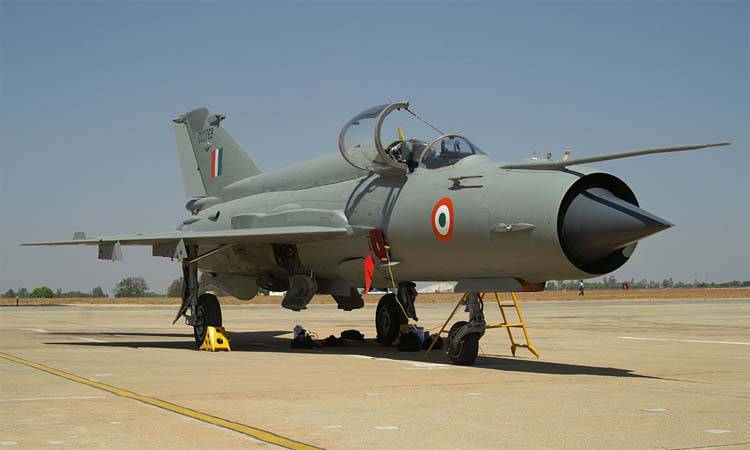

The Indian Air Force (IAF) has decided to extend the service life of its MiG-21 Bison fighters due to delays in the induction of the indigenous Tejas Mk1A fighter jets. Originally scheduled to retire by December 2025, the MiG-21 Bison fleet will continue to operate until the Tejas Mk1A program can fill the gap in operational capabilities.
The IAF had planned to establish its first Tejas Mk1A squadron at Nal Air Force Base in Rajasthan’s Bikaner by July 2024, marking a major step forward in modernizing its fleet. However, delays in the supply of engines required for the Tejas Mk1A jets have hindered the production capabilities of Hindustan Aeronautics Limited (HAL). These delays have pushed back the timeline for replacing the aging MiG-21s.
Continue readingSOURCE: AFI


India’s quest for a robust Ballistic Missile Defense (BMD) system has been a cornerstone of its strategic defense initiatives for over two decades. As missile threats continue to evolve, developing a comprehensive system capable of intercepting and neutralizing incoming ballistic missiles is a critical priority for the nation. Spearheaded by the Defence Research and Development Organisation (DRDO), India’s indigenous BMD program has made significant progress, but the question remains: how close is India to operationalizing its first indigenous BMD shield?
The Indian BMD program is structured into two primary layers of defense: the Prithvi Air Defence (PAD) for exo-atmospheric interception (outside the Earth’s atmosphere) and the Advanced Air Defence (AAD) for endo-atmospheric interception (within the Earth’s atmosphere). Together, these systems aim to provide a comprehensive shield against incoming missile threats, ranging from short-range tactical missiles to long-range intercontinental ballistic missiles (ICBMs).
Continue readingSOURCE: AFI
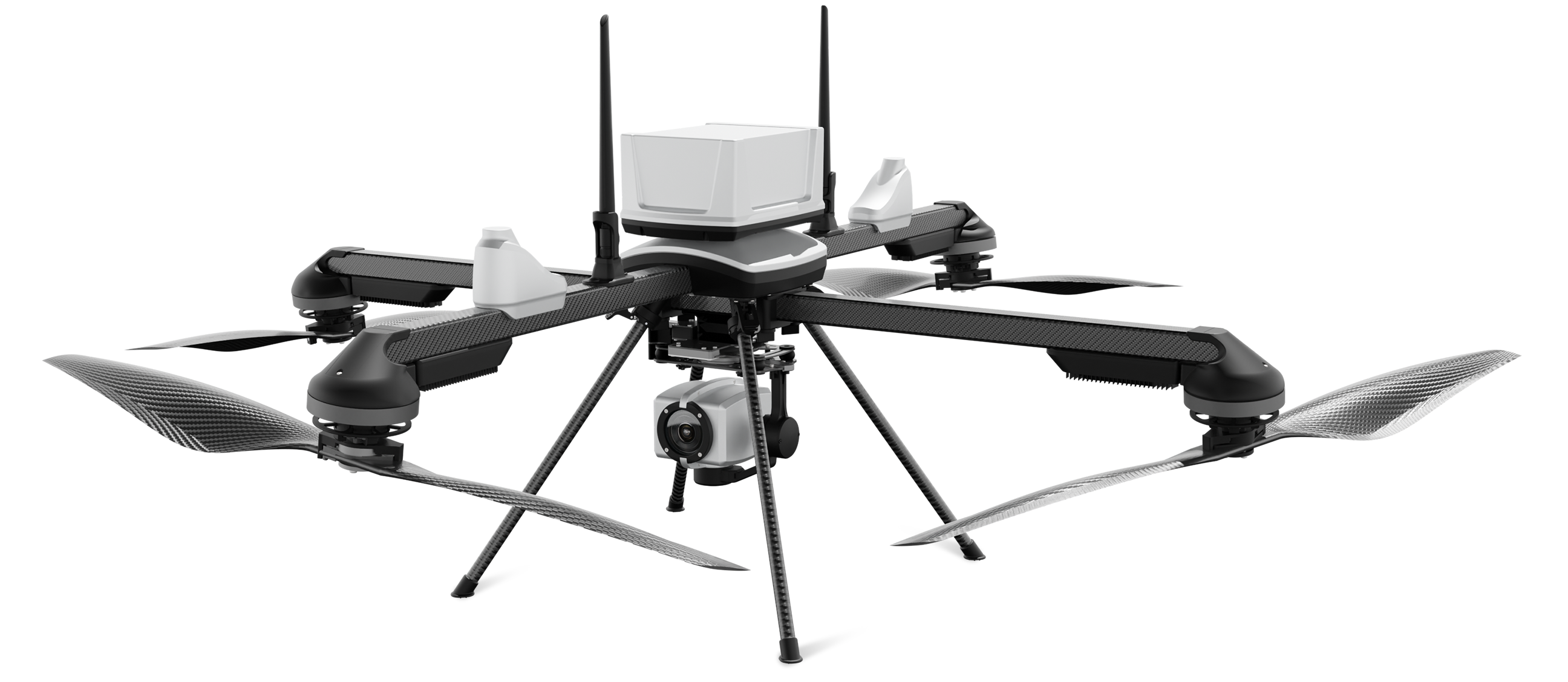

Mumbai-based drone manufacturer ideaForge has achieved a significant milestone, ranking third globally among dual-use drone manufacturers. This remarkable feat places the Indian company behind Insitu from the United States, which secured the top spot, and Quantum-Systems from Germany, which claimed second place.
ideaForge, a pioneer in drone technology, has gained global recognition for its cutting-edge UAVs (Unmanned Aerial Vehicles) designed for dual-use purposes, catering to both civilian and defense applications. Its high ranking highlights India’s growing prominence in the global drone ecosystem and underscores the company’s technological prowess and innovative capabilities.
Continue readingSOURCE: AFI
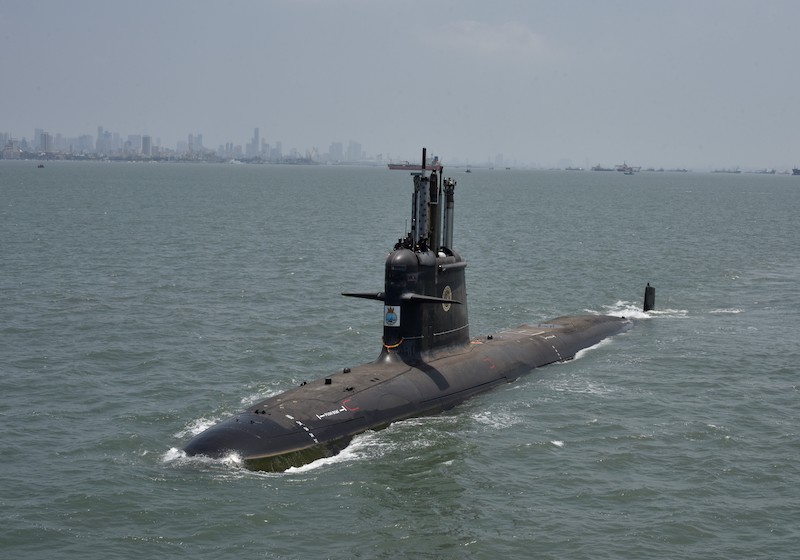

The Indian Navy has confirmed a collision between its submarine INS Karanj and a fishing boat, FV Marthoma, off the Goa coast on November 21, 2023. The incident resulted in the unfortunate loss of two fishermen.
While the submarine sustained damage, it remains operational, according to Vice Admiral Dinesh K Singh. “Whenever there’s a collision, some damage is inevitable. The Navy assessed the damage, and repairs are underway,” he stated.
Continue readingSOURCE: AFI


Amid escalating concerns over the reported rise in violence against Hindus in Bangladesh, attributed to what some claim is a U.S.-backed regime, hardline Hindu nationalist groups in India are calling for decisive action. These groups have urged Prime Minister Narendra Modi to address the presence of illegal Bangladeshi immigrants living in various parts of the country.
Reports from Bangladesh highlight a troubling increase in attacks on the minority Hindu population. Activists allege that systematic violence, including displacement, destruction of property, and targeted killings, amounts to a genocide against the Hindu community in the neighboring country. The situation has drawn criticism from Hindu nationalist groups in India, who accuse international powers, including the United States, of supporting the Bangladeshi regime despite its alleged failure to protect minorities.
Continue readingSOURCE: AFI


Defense analysts like Ranesh Rajan believe that Pakistan’s potential acquisition of the Chinese J-35A fifth-generation stealth fighter could shift the regional balance of power, prompting the United States to counter Chinese influence by offering India the F-35A under specific conditions. Such a development would mark a strategic pivot in U.S.-India defense relations and intensify competition in South Asia’s air dominance capabilities.
The J-35A, developed by China, is a carrier-capable stealth fighter with advanced avionics, low-observability features, and the ability to deploy a range of modern weaponry. If acquired by Pakistan, it could significantly enhance its aerial warfare capabilities and tilt the balance of power in the region.
Continue readingSOURCE: AFI
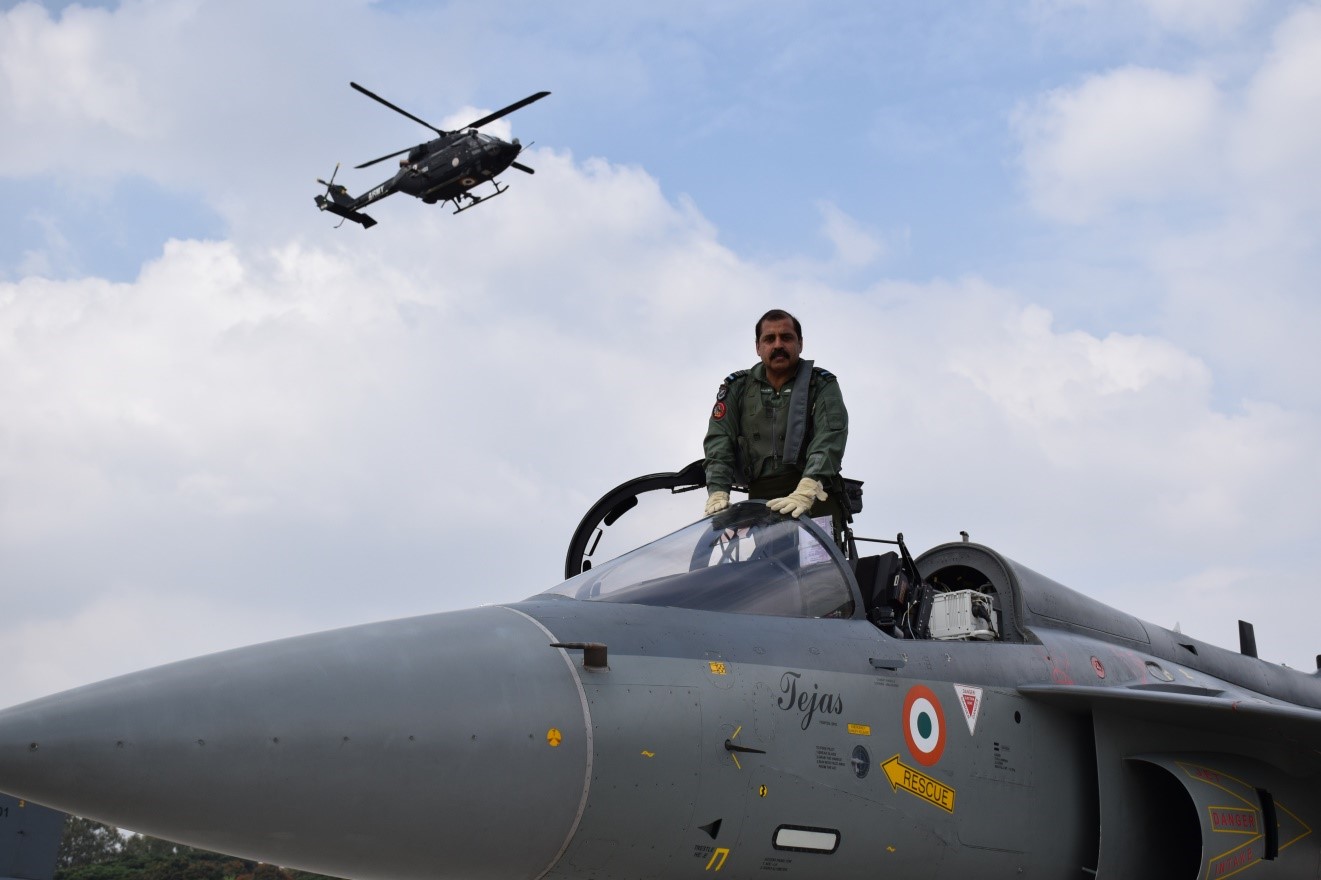

In a resounding endorsement of India’s indigenous LCA Tejas, Air Chief Marshal (Retd.) R.K.S. Bhadauria, former Chief of the Indian Air Force (IAF) and a former test pilot for the aircraft, praised the fighter jet’s capabilities and the program’s contributions to India’s aerospace sector. “I will vouch for LCA Tejas blindfolded,” Bhadauria said, highlighting its reliability, performance, and operational versatility.
Bhadauria emphasized that the LCA Tejas program has played a transformative role in advancing India’s defense manufacturing capabilities. Key technological developments, such as the fly-by-wire control systems, composite airframes, and advanced avionics, were crucial milestones. He credited the program for laying the groundwork for India’s ability to develop more advanced fighter jets, including the Advanced Medium Combat Aircraft (AMCA) and the Twin Engine Deck-Based Fighter (TEDBF) programs.
Continue readingSOURCE: AFI
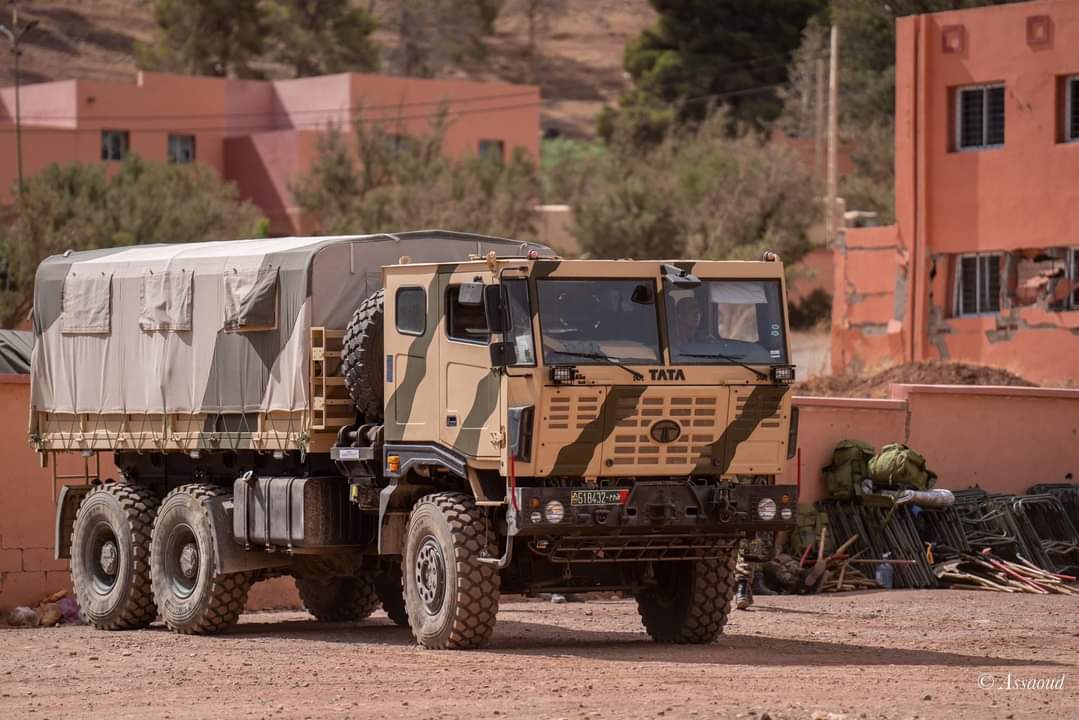

The Royal Moroccan Army has placed a fresh order for Tata 6×6 LPTA 2445 trucks, adding to the fleet of 90 already delivered by Tata Group of India. This procurement underscores the strengthening defense partnership between India and Morocco while enhancing the logistical and operational capabilities of the Royal Moroccan Army.
The newly ordered LPTA 2445 trucks will feature the Defence Dump Truck variant, a versatile configuration ideal for various military applications. This variant differs from the previously supplied military-grade logistics and munition transport vehicles, which were primarily used for transporting personnel, supplies, and ammunition.
Continue readingSOURCE: AFI


Korea Aerospace Industries (KAI) is advancing the boundaries of aviation by developing an artificial intelligence (AI) pilot system for its FA-50 light combat aircraft. Dubbed the “K-AI Pilot,” this initiative is poised to unlock autonomous and semi-autonomous flight capabilities, signaling a transformative shift in military aviation.
The K-AI Pilot initiative represents a strategic effort to introduce AI-driven decision-making and flight operations in military aircraft. The FA-50 airframe will serve as the initial testbed, with a roadmap leading to autonomous flight capabilities by 2026.
Continue readingSOURCE: AFI


REDON Systems has showcased its cutting-edge Achuk Loitering Munition System, marking its debut at a defense exhibition. Mounted on a Tata 4×4 Light Mobility Vehicle (LMV), the Achuk system combines mobility, precision, and lethality to address modern battlefield challenges effectively.
The Achuk system is a barrel-launched loitering munition platform designed for versatility in semi-autonomous and fully autonomous missions. It is engineered to neutralize a variety of targets, including terrorist hideouts, vehicles, fuel or ammunition depots, and other critical assets. It can also operate in swarm configurations, enabling a coordinated attack to overwhelm sophisticated enemy defenses.
Continue readingSOURCE: AFI


India on Saturday successfully tested its first long-range hypersonic missile, placing it among a select group of nations — including China, Russia, and the United States (US) — that have achieved such technological advancements. Hypersonic weapons, capable of traveling at speeds greater than Mach 5, represent the cutting edge of military technology. Their ability to evade conventional missile defense systems and strike with precision has made them a game-changer in modern warfare. As global powers invest heavily in hypersonic technology, India is actively working to develop its own hypersonic capabilities, positioning itself alongside nations like the US, Russia, and China.
India’s hypersonic weapon program is spearheaded by the Defence Research and Development Organisation (DRDO), which has already achieved significant milestones in this domain.
Continue readingSOURCE: AFI

A recent incident at the Zhuhai Air Show has once again cast doubt on the reliability of Chinese-made military equipment. A Chinese-made VT4 main battle tank, intended to showcase its capabilities during a dynamic display, broke down and stalled, leaving it immobile until the end of the performance.
The malfunction occurred during a highly anticipated demonstration, highlighting a recurring issue with Chinese military hardware. The tank, which was scheduled to participate in the entire show program, was forced to withdraw due to mechanical failure.
Continue readingSOURCE: AFI

For decades, Tatra trucks have been a key component of India’s military logistics and transportation needs. These specialized trucks, which are manufactured by the Czech company Tatra, have been locally assembled in India by Bharat Earth Movers Limited (BEML), a public sector undertaking. Despite being in service for over 40 years, the Tatra trucks, initially imported in kit form, have not been fully replaced by indigenous alternatives. India’s ongoing reliance on Tatra trucks highlights a series of challenges in developing a domestic replacement that meets the operational and technical needs of the Indian military.
Tatra trucks have a long history in India due to their rugged performance in diverse and extreme environments. The trucks are known for their off-road capabilities, especially in the difficult terrains of the Himalayas, deserts, and dense forests. They have a central tire inflation system (CTIS) that allows them to adjust tire pressure based on terrain, making them highly adaptable for various conditions, including mountainous areas. Tatra trucks are also designed to carry heavy loads, often exceeding the payload capacity of many commercial trucks.
Continue readingSOURCE: AFI


India’s aspiration to solidify its position as a global power rests on acquiring cutting-edge defense technologies, with fifth-generation fighter jets playing a pivotal role. As per defense analyst Vladimir Karnozov, Russia’s Su-57E offers a compelling opportunity for India to enhance its air dominance and strategic capabilities.
Fifth-generation fighter jets represent the pinnacle of aviation technology, combining stealth, advanced avionics, and superior combat capabilities. For India, the induction of such aircraft is not just about maintaining parity but about ensuring operational superiority in an increasingly contested geopolitical landscape.
Continue reading